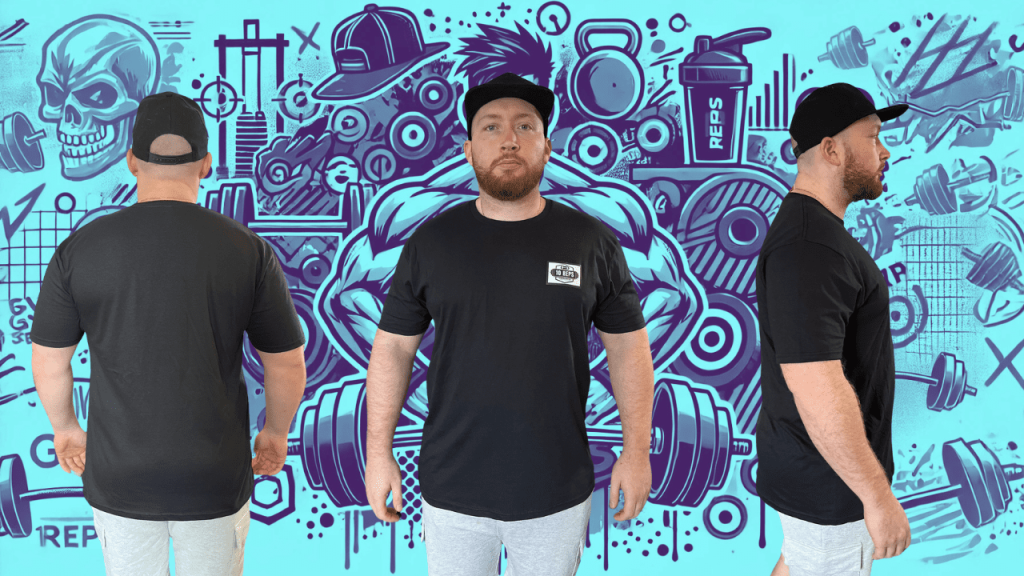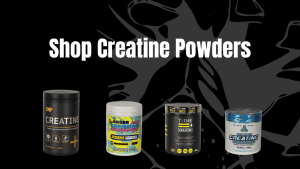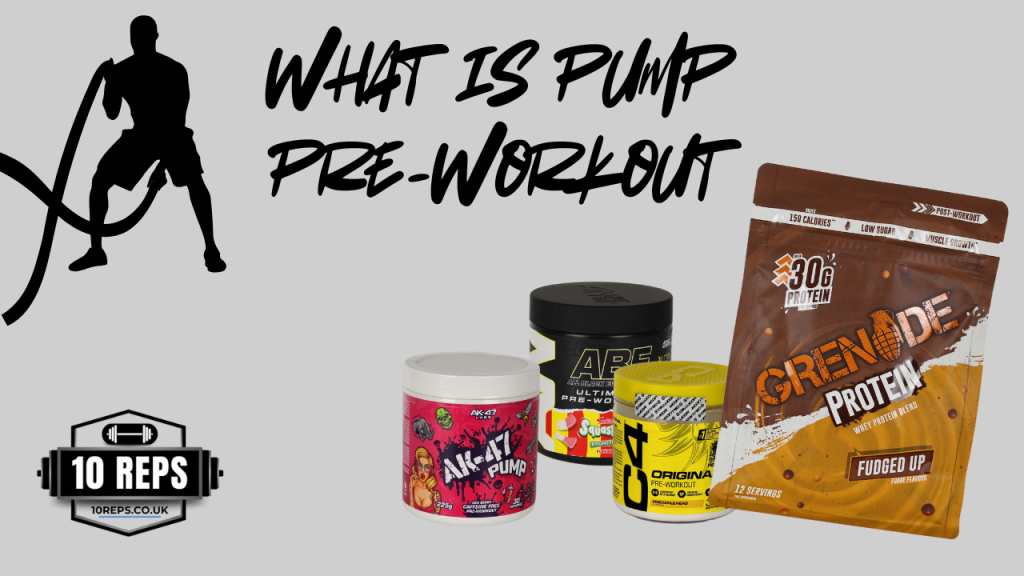Creatine is one of the most popular and researched supplements in the fitness world. It’s used by athletes, bodybuilders, and gym enthusiasts to boost performance, increase strength, and support muscle growth. If you’re new to creatine or curious about how it works, this in-depth guide will cover everything you need to know—from its benefits and how it works to usage tips and potential side effects.

What is Creatine?
Creatine is a naturally occurring compound found in your muscles and brain. It’s made from three amino acids: arginine, glycine, and methionine. Most of the body’s creatine is stored in the muscles, where it’s used to produce energy during high-intensity activities like weightlifting or sprinting.
While your body produces creatine, you can also obtain it through your diet (mainly from red meat and fish) or by taking it as a supplement.
How Does Creatine Work?
Creatine works by replenishing your body’s supply of ATP (adenosine triphosphate), the primary energy source for muscle contractions. During intense exercise, ATP is rapidly depleted, which can lead to fatigue. Creatine helps replenish ATP stores, allowing your muscles to sustain high-intensity efforts for longer.
In addition to energy production, creatine also draws water into muscle cells, increasing cell volume. This contributes to muscle fullness and may play a role in stimulating muscle growth.
Benefits of Using Creatine
Creatine offers several well-documented benefits:
1. Increased Strength and Power
Creatine supplementation enhances performance in activities that require short bursts of high-intensity effort, such as weightlifting, sprinting, and HIIT.
2. Improved Muscle Growth
Creatine supports muscle hypertrophy by increasing water retention in muscle cells and promoting protein synthesis.
3. Enhanced Recovery
It helps reduce muscle damage and inflammation after intense workouts, leading to quicker recovery times.
4. Better Endurance in High-Intensity Exercise
While not a typical endurance supplement, creatine allows you to sustain high levels of intensity during short-duration activities.

How to Use Creatine
1. Choosing the Right Type of Creatine
The most common and researched form is creatine monohydrate, which is highly effective and affordable. Other forms, like creatine hydrochloride or buffered creatine, are available but may not offer significant advantages.
2. Loading Phase (Optional)
- What it is: A short period where you take higher doses of creatine to quickly saturate your muscles.
- How to do it: Take 20 grams of creatine per day, split into 4 doses of 5 grams each, for 5-7 days.
- Benefit: Faster results, but not necessary for long-term benefits.
3. Maintenance Phase
- What it is: The daily dose you take after the loading phase or from the start if you skip loading.
- How to do it: Take 3-5 grams of creatine per day consistently.
4. When to Take Creatine
- Creatine can be taken before or after workouts, or even at any time of day. Many people prefer post-workout with a protein shake or meal for convenience.
- Timing isn’t as critical as daily consistency.
Tips for Using Creatine Effectively
- Stay Hydrated: Creatine draws water into your muscles, so drink plenty of water throughout the day to stay hydrated.
- Consistency is Key: Creatine works best when taken daily. Missing occasional doses won’t derail your progress, but consistency ensures maximum benefits.
- Combine with Carbohydrates: Taking creatine with carbs can improve absorption, as insulin helps transport creatine into muscle cells.
- Start Slow: If you’re concerned about bloating or digestive upset, start with a lower dose and gradually increase.
- Track Progress: Measure your performance in the gym to see how creatine impacts your strength, power, and recovery over time.
Who Can Benefit from Creatine?
Creatine is suitable for most people and is especially beneficial for:
- Strength athletes (e.g., powerlifters, bodybuilders).
- Individuals performing high-intensity or short-duration activities.
- Vegans and vegetarians, who may have lower natural creatine stores due to dietary restrictions.
Potential Side Effects and Myths
Side Effects
- Water Retention: Creatine causes muscles to retain water, which may lead to temporary weight gain.
- Digestive Upset: High doses can occasionally cause bloating or stomach discomfort.
- Kidney Concerns (Myth): Creatine is safe for healthy individuals and does not harm the kidneys when used as directed.
Debunking Common Myths
- Creatine Causes Dehydration: Proper hydration eliminates this concern.
- Creatine Is a Steroid: Creatine is a natural compound and not related to steroids in any way.
Frequently Asked Questions About Creatine
1. How Long Does It Take to Work?
With a loading phase, you may notice results in a week. Without loading, it may take 2-4 weeks for muscle stores to saturate.
2. Can Women Use Creatine?
Yes! Creatine is safe and effective for both men and women.
3. Can You Take Creatine Without Exercising?
Yes, but the benefits are more pronounced when combined with regular exercise.
Conclusion
Creatine is a safe, effective, and well-researched supplement for boosting performance, increasing strength, and supporting muscle growth. Whether you’re a beginner or a seasoned athlete, adding creatine to your routine can help take your workouts to the next level.
Consistency, proper hydration, and tracking your progress are key to maximising the benefits. If you’re ready to enhance your fitness journey, creatine could be the perfect addition to your supplement stack. You can buy creatine online from the 10reps.co.uk shop.



